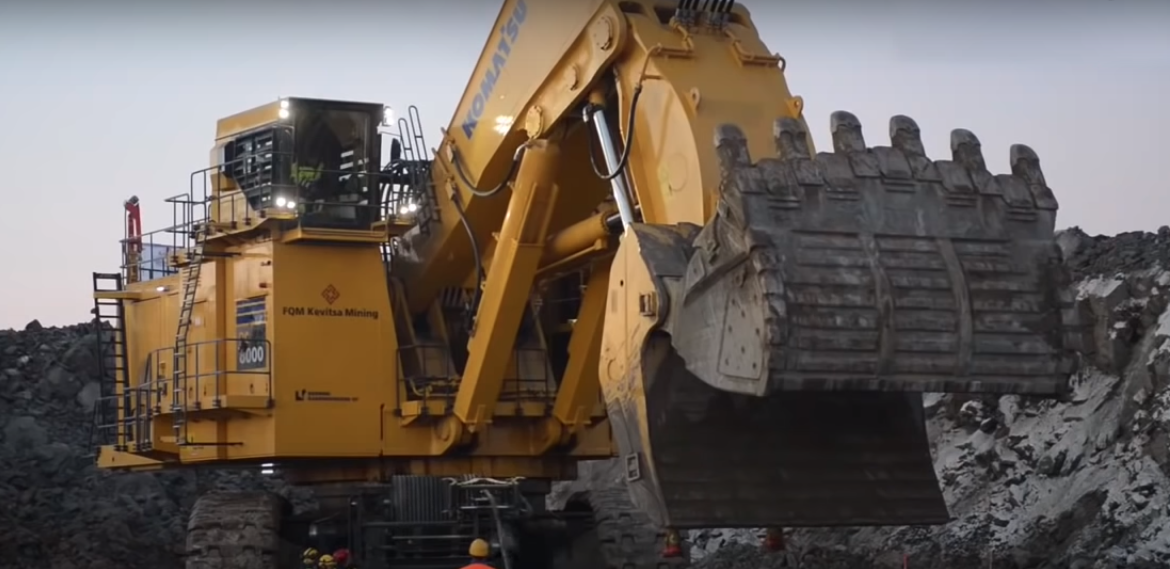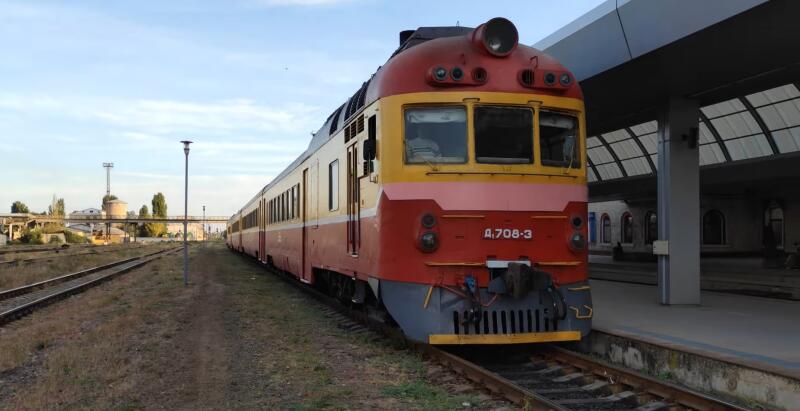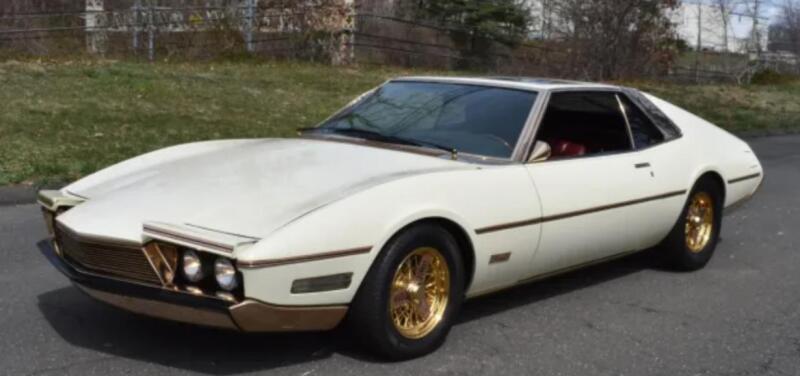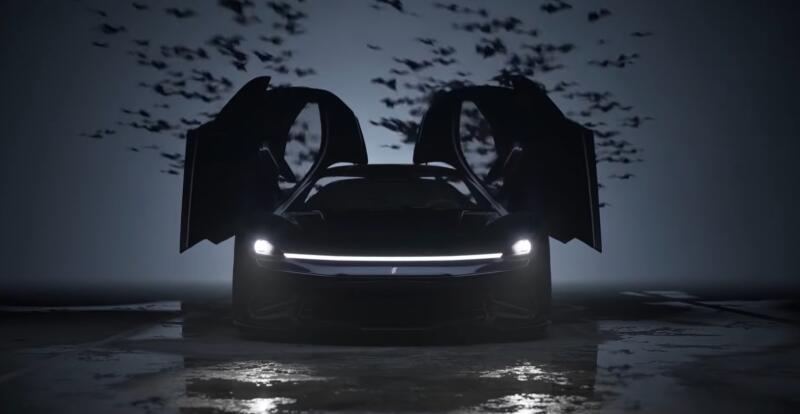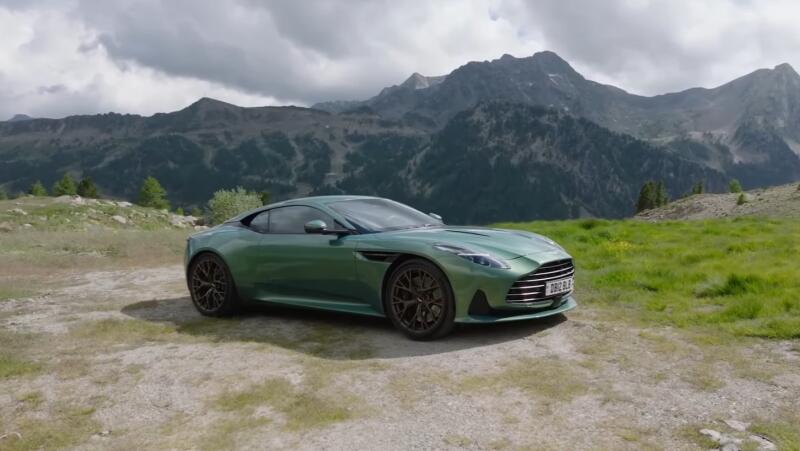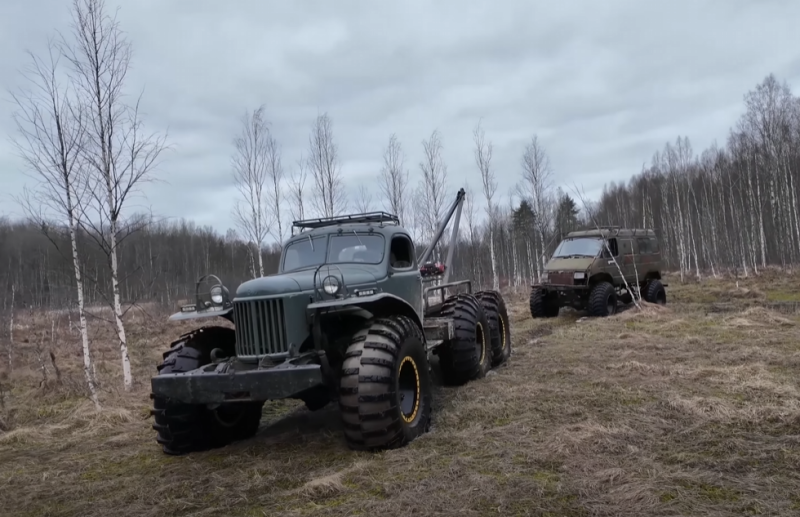Initially, this technique had a huge bucket controlled by a system of pulleys and chains. The main role was played by a pair of thick ropes. One of them lifted the bucket, the other pulled it in a horizontal direction. Today, draglines are also used, but they have much less power, and the control system operates through hydraulics. And what happened to the giants of the past, what is their fate and do draglines work today?
Big Muskie
It can be translated as "Big Muscle" or "Big Man". This is a real legend among cars of this type. The world's largest overburden excavator was launched in 1969. Officially, the model was called 4250-W Bucryus-Erie. It took the contractor Bucyrus Erie two years to build. The cost of creating the giant amounted to 25 million dollars, which in terms of modern money equals 171 million "green".
Due to the huge dimensions of the excavator, it was built right on the spot (Muskingum mine in Ohio), having previously prepared a reinforced concrete foundation. Some technical characteristics of the giant:
- ✅ Estimated weight - 13500 tons
- ✅ bucket volume - 325 tons, empty weight - 230 tons
- ✅ digging depth - up to 56 m
- ✅ height - 67,8 machine width - 46,2 m
- ✅ outreach - 94,4 m
- ✅ diameter of the cable holding the bucket - 127 mm
What is most interesting, the monster's engine is electric. And the supply voltage was 13800 V. At that time, the use of electricity was very expensive in the United States. Big Muskie, translated into money, consumed tens of thousands of "bucks" per hour. The excavator was driven by a shift crew of five people. Work was carried out most often at night, when energy was cheaper. In the process of digging, Big Muskie consumed so much electricity that it would be enough for 27500 residential buildings!
The dragline could also "ride", but at a speed of no more than three meters per minute and for short distances - up to a mile. Over the entire period of operation (22 years), the giant extracted over 608 thousand cubic meters. m of soil, which is 2 times more than was dug during the laying of the Panama Canal. The volume of coal production amounted to 20 million tons. The excavator certainly paid for itself.
In 1991, Big Muskie was scrapped. This was due to the emergence of new technologies that guarantee lower costs. As a result, the use of the giant turned out to be unprofitable - less coal was required, and the cost of electricity increased. In addition, the designers created more efficient and smaller machines Bagger 263 and Bagger 288. They tried to sell Big Muskie, but the dismantling and transportation of the monster cost so much money that no one was willing. The world's largest dragline stood unattended for 8 years. They tried to save it as a monument, but in 1999 they cut it into scrap metal. They left only the ladle, which can still be seen today in the Miners' Memorial Park Museum (Ohio). How and where do modern draglines work?
Bucyrus 8750
Today it is the world's largest walking shovel excavator. Its equipment includes 8 main electric motors with a capacity of 1320 kW each, 10 or 8 additional motors of 930 kW each, working with a "lifting swing". The movement of the giant is provided by 4 power generating units, also with a capacity of 930 kW each. Main technical parameters of Bucyrus 8750:
- ✅weight - 6,58 thousand tons
- ✅ outreach - 131 m
- ✅ bucket volume 114 cu. m, carrying capacity - up to 340 tons
In one run, the excavator will load "to the eyeballs" such mining trucks as Komatsu 960E or BelAZ 75600. In terms of dimensions, weight, bucket volume, Bucyrus 8750 is inferior to the giant of the past Big Muskie. But in terms of efficiency, performance is identical to it.
Bagger 288
This is one of the heaviest vehicles in the world that can move on the ground. The excavator, built in 1978, is still in operation in Germany (North Westphalia, Harzweiler quarry). The equipment is equipped with a rotating wheel, along the edges of which 18 buckets are fixed, extracting the soil without interruption. The speed of the giant is impressive - 240 thousand cubic meters. m in one day. This one is like tearing up a football field to a depth of 30 m. Technical data:
- ✅ length, height - 235 and 104 m, respectively
- ✅ weight - 45,5 thousand tons
- ✅ bucket volume - 6,6 cubic meters. m
- ✅ power - 16,5 megawatts
The equipment is serviced by the crew, only 3 shifts of 4 people, working around the clock. You don't need to descend from "heaven" to dine. Inside - a wardroom, a toilet, a kitchen. Despite the impressive dimensions, the excavator moves confidently on the ground with the help of 12 tracks that evenly distribute pressure on the surface. Thanks to this solution, Bagger 288 leaves a mark no deeper than a person's foot.
Outwardly, the giant resembles something unearthly and therefore attracted the attention of Hollywood directors. The excavator starred in the American film "Ghost Rider: Spirit of Vengeance", where the main character with the help of a machine cracks down on his enemies.
Bagger 293
The excavator was assembled in Germany in 1995 by the engineering company Tenova Takraf. The company has almost three hundred years of history in the creation of powerful construction equipment, and therefore it is not surprising that the next "venture" was a success. From the very beginning, the rotary giant has been working in one place - extracting coal in a quarry near the German city of Hambach. Technical specifications:
- ✅ length - 226 m (approximately a couple of football fields)
- ✅ height - 96 m (30-storey building)
- ✅ weight - 14200 tons
- ✅ the volume of one of the 18 buckets is about 15 cubic meters. m
- ✅ power consumption - 17 megawatts
During a working day, an excavator can “shovel” 240 thousand cubic meters. m of soil. For example: to take out the mined coal, you will need 4 thousand wagons with a volume of 60 cubic meters. m each. The giant cannot boast of speed: it travels 10 m in a minute. It is interesting that RWE Power AG, one of the leading electricity producers in the country, owns an excavator that consumes a lot of energy. In terms of modern money, the cost of Bagger 293 is 100 million dollars.
Dragliners in Russia
The largest mining excavator in operation is the P&H4100XPC. Although it works in Russia, it is produced by one of the branches of Komatsu - Joy Global. Today, the giant belongs to the Kuzbassrazrezugol company. During the year, the excavator processes up to 200 million tons of rock. To take it all out, you will need 625 BelAZ 75600. As for coal, the volume of its production for the same period is 15 million tons. It is obvious that the equipment, which cost 575 million rubles, is fully justified. Characteristics:
- ✅ weight - 1736 tons (with counterweight)
- ✅ length, width, height - 14, 14,4, 14,7 m (lift height - 17 m)
- ✅ bucket volume - about 60 cubic meters. m
- ✅ power consumption - 3,7 megawatts
P&H4100XPC is served by a couple of machinists. Inside there are places for rest, a toilet. Remote control is also provided. The manufacturer is sure that the excavator is able to work without interruption for 10 years. The equipment is equipped with control systems that monitor the condition of all units and assemblies.
Some might say that dragline giants are obsolete. However, this technique is still used - machines not only pay for themselves, but also make a profit! And no one can say for sure that the surface deposits are exhausted and the overburden method of mining will no longer be in demand.
